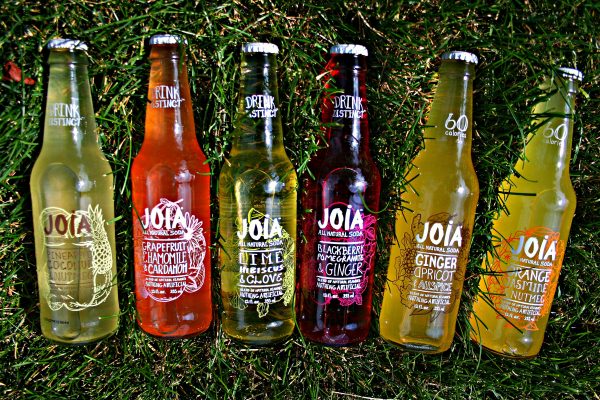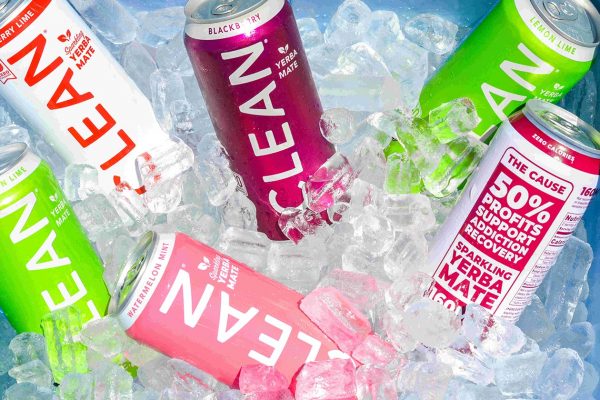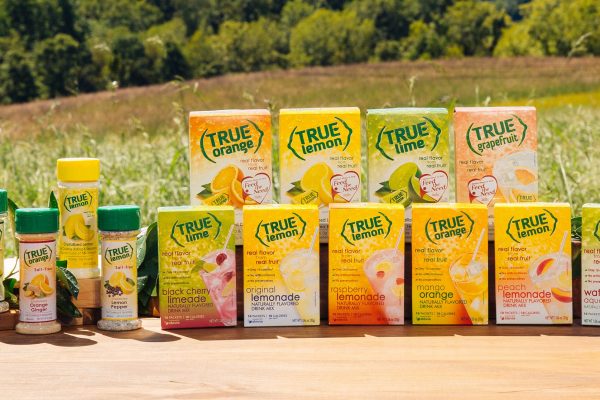How To
How the Juicing Industry Is Changing
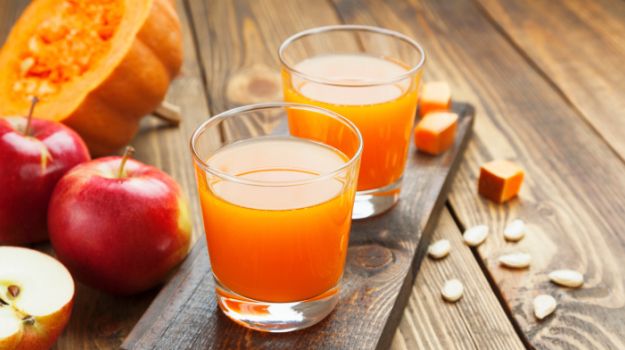 Juicing is the trend of the future. Part of the clean food market, the demand for specialty juice products has been growing by leaps and bounds globally. But don’t let looks deceive you; even though juicing is a stable industry, new concerns about health, price, and environmental impact are expected to shake the market up and push the industry in new directions in the coming years.
Juicing is the trend of the future. Part of the clean food market, the demand for specialty juice products has been growing by leaps and bounds globally. But don’t let looks deceive you; even though juicing is a stable industry, new concerns about health, price, and environmental impact are expected to shake the market up and push the industry in new directions in the coming years.
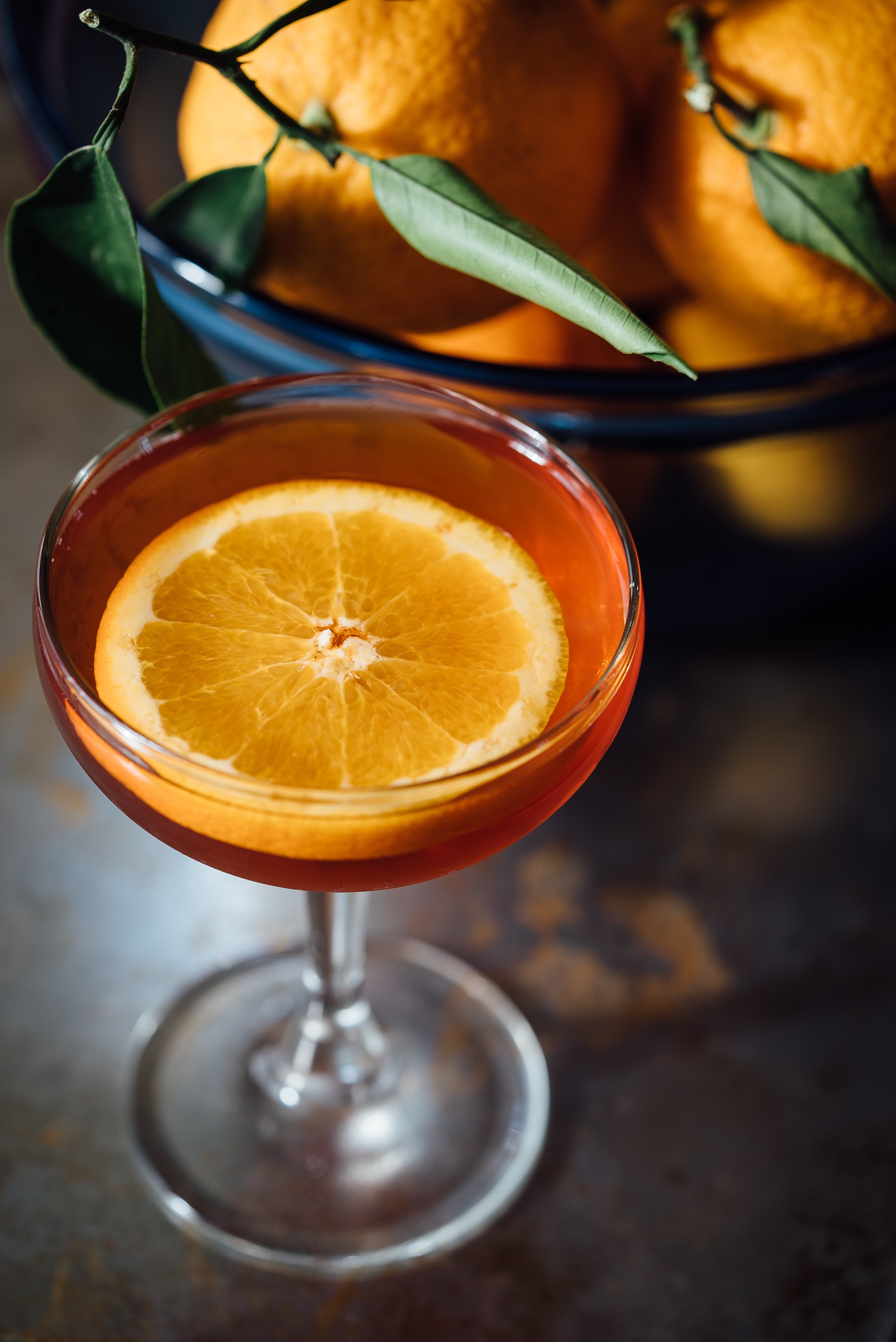
Increased Knowledge of Health and Wellness
The primary force driving the popularity of juicing is the goal of being healthy. Organic juice cleanses are gaining pace as a way to remove toxins from the body and enhance good health. There has been a shift with the growing knowledge about what is truly healthy and what is not.
However, as it turns out, some methods of juicing may not be as healthy as has been thought. The sugar content is now considered to be too high in many juice products. In just a 10oz drink it’s not uncommon for the sugar content to be 36 grams or more. In fact, leaders in the industry expect the demand for specialty juices with a lower sugar content to significantly change the face of the market beginning in the next year.
Money, Money, Money
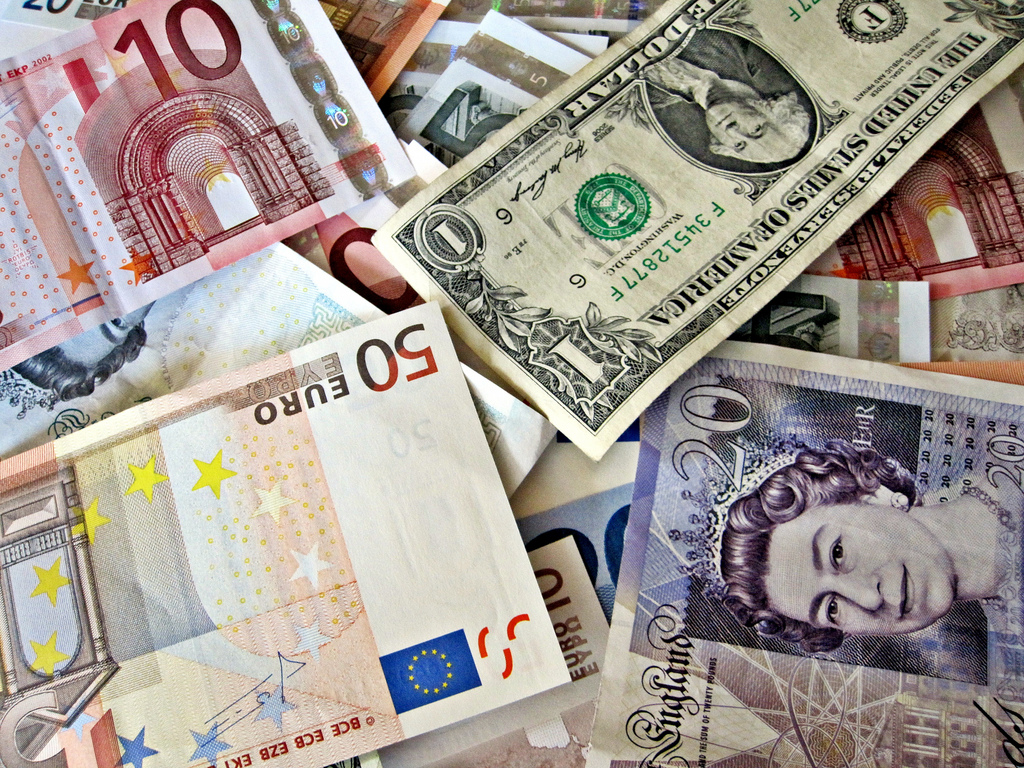 The cost of specialty juices makes them more of a luxury item already. Blends from health food stores and juice vendors can go as high as $20 per cup, although the average price tends to hover between $9 and $13. There are several factors behind the price placement of these beverages. For starters, it’s the cost of the ingredients themselves. While food prices as a whole seem to have gone down slightly since 2015, the price of produce has risen by 2.2% in the same time frame. Cutting some of the natural sugars out of the juices is also expected to make the process of producing specialty juice drinks more expensive. However, it is forecasted that the price that consumers are willing to pay for these products is expected to stay roughly the same, under $10, in the coming year.
The cost of specialty juices makes them more of a luxury item already. Blends from health food stores and juice vendors can go as high as $20 per cup, although the average price tends to hover between $9 and $13. There are several factors behind the price placement of these beverages. For starters, it’s the cost of the ingredients themselves. While food prices as a whole seem to have gone down slightly since 2015, the price of produce has risen by 2.2% in the same time frame. Cutting some of the natural sugars out of the juices is also expected to make the process of producing specialty juice drinks more expensive. However, it is forecasted that the price that consumers are willing to pay for these products is expected to stay roughly the same, under $10, in the coming year.
The Environmental Effects of Juicing
Juicing is popular with many people who value the environment. However, specialty juices require a large number of fruits and vegetables to make a single juice blend drink. Although the cold-press process, which has gained considerable traction in the last few years, attempts to waste as little as possible, turning produce into juice cuts how far the same amount of produce could go if eaten, roughly in half. Time will tell what innovations the juicing market will adopt to make this a cleaner movement for the environment as well as the body.
To learn more visit Senior Advisor blog.

